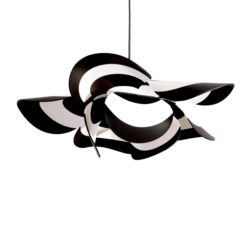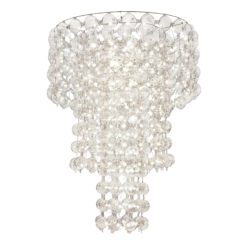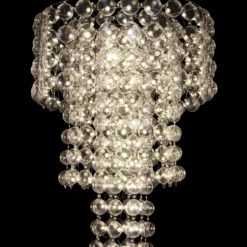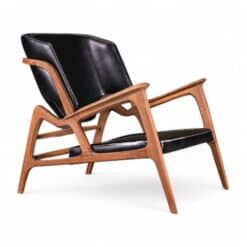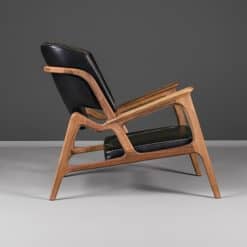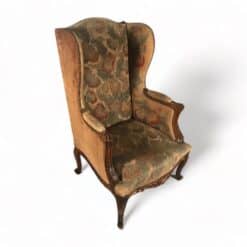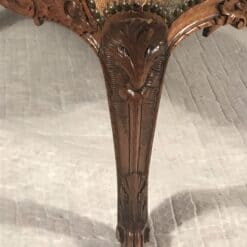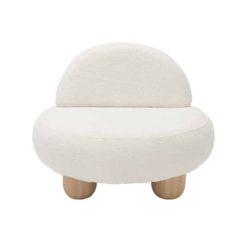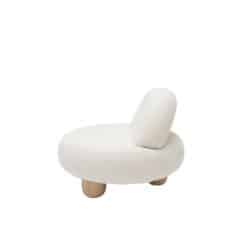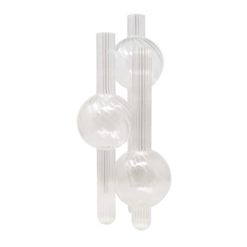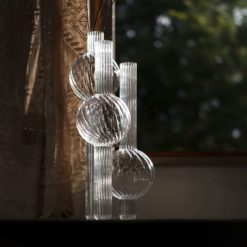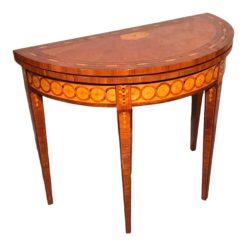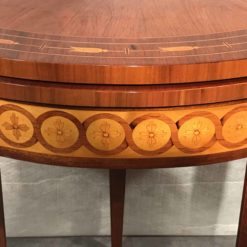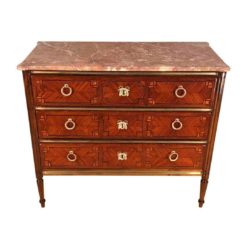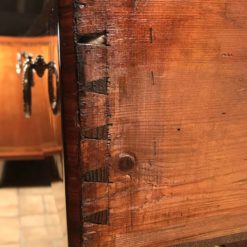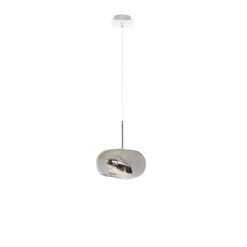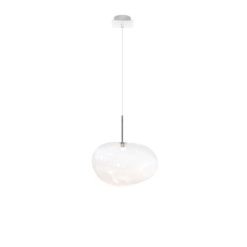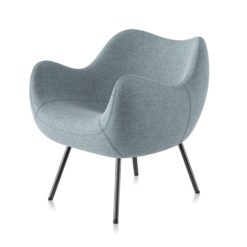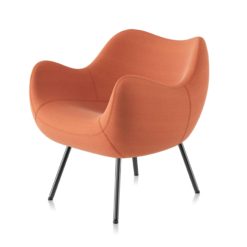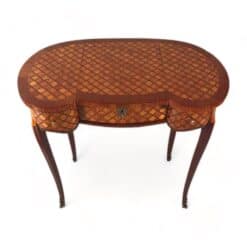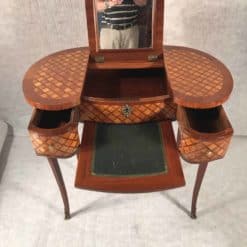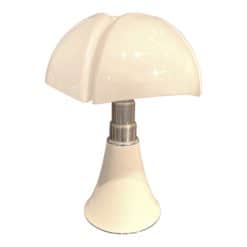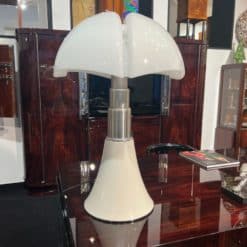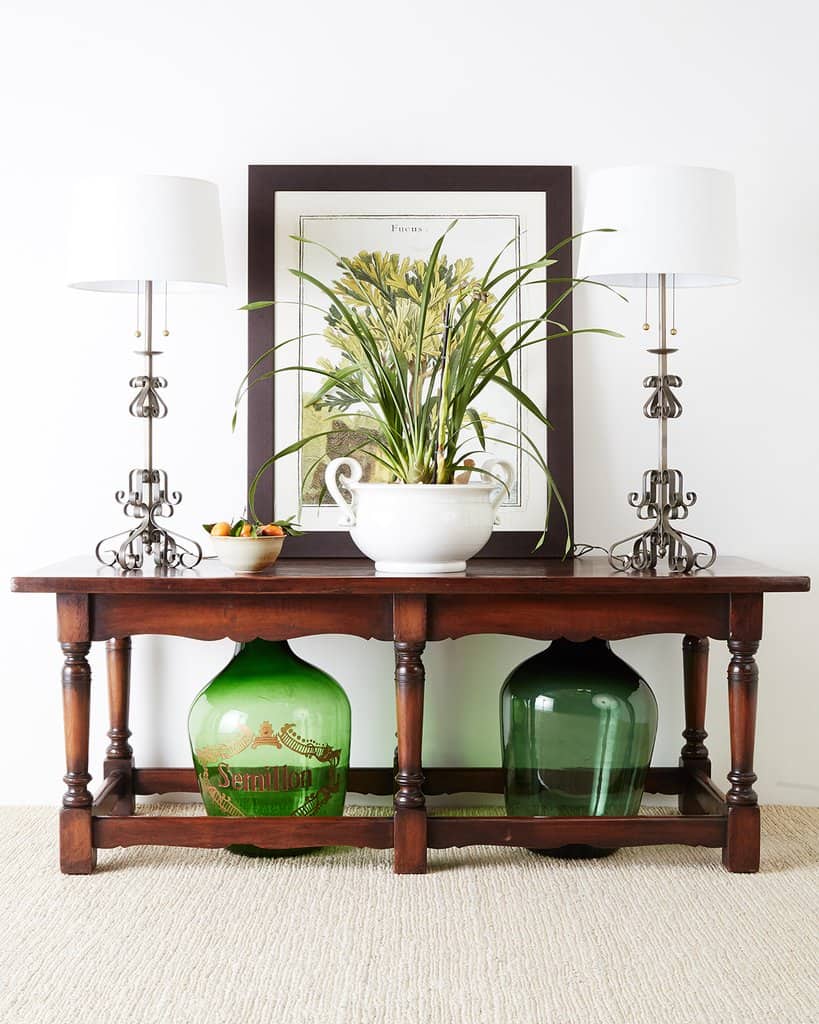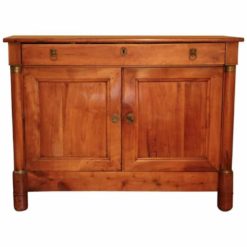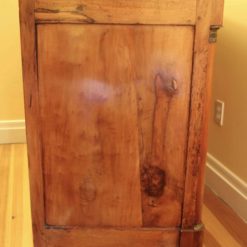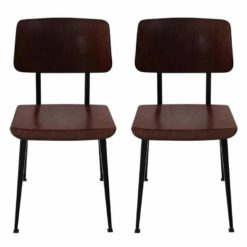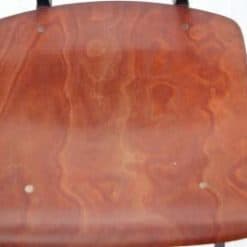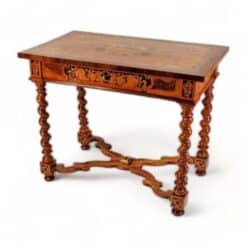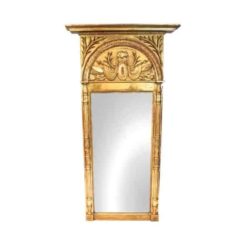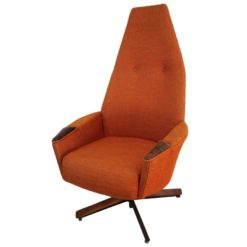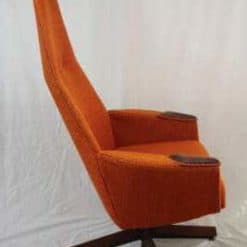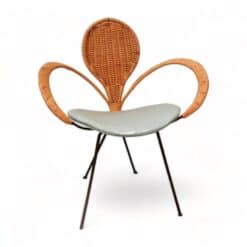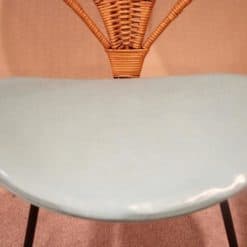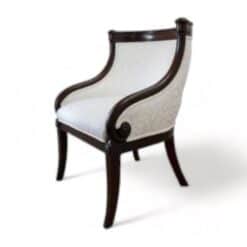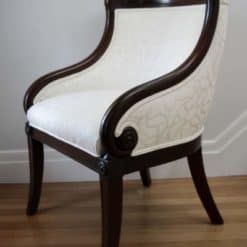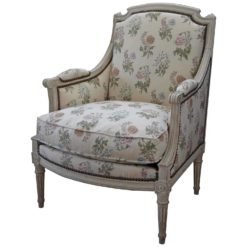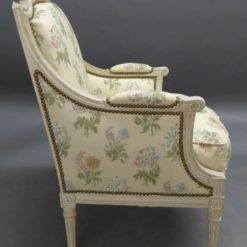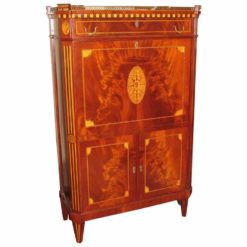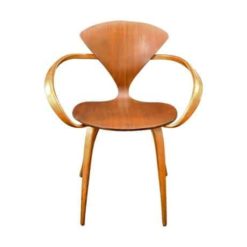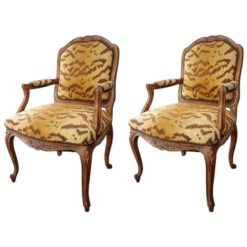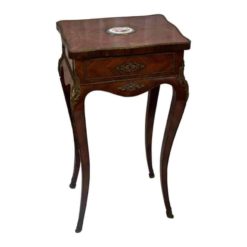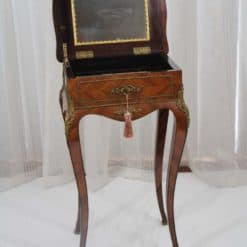Best Sellers
Furniture
Eco-Friendly Living with Antiques and Sustainable Furniture
Antiques and sustainable furniture: eco-friendly living
Go green and do your part to save the earth by decorating your home with sustainable furniture and antiques.
With climate change being the main focus of numerous campaigns, from politics to advertising, going green has become a mainstream concept — not just something for hippies.
Using a mix of antique furniture and sustainably sourced pieces creates a wide range of unique design options.
Buying responsibly-sourced home goods and antiques is an excellent (and stylish) way to do your part.
Changing mindsets

In addition to environmentally-conscious consumers, various industries are finding ways of reducing waste and their carbon footprint.
One of the latest industries to join the movement is the furniture industry, and companies are responding to the newer generations’ desire for eco-conscious interior goods.
But it might be too little, too late.
Compared to mass-produced items from big furniture brands, antique furniture has multiple benefits.
Additionally, many see antique furniture as the best way to promote sustainable living and supporting future generations.
Consequently, the antique industry is experiencing a surge in popularity, thanks to an environmentally-conscious mindset.
Fighting “throwaway culture” with sustainable furniture
What is the throwaway culture?
Also called throwaway society, it’s a culture dominated by consumerism.
The term is a critical opinion of overconsumption and excessive manufacturing of short-term or expendable items over those with longevity.
Fast fashion and the food industry are perhaps the guiltiest of contributing to this mindset, but they aren’t the only culprits.
In the home goods sector, companies like Ikea, West Elm, and more continuously produce easily available goods, which significantly contributes to deforestation, pollution, and many other harmful actions.
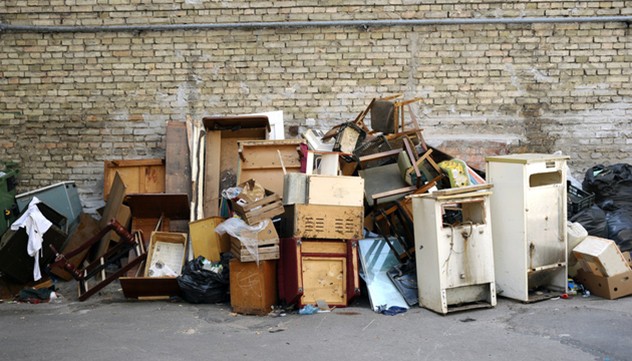
Throwaway culture is a global problem that grows harder to address.
In 2015, the RSA estimated that the UK threw away 150 tons of furniture every year.
That number pales in comparison to the US, who trashed about 10 million tons of furniture in 2009, according to the EPA.
These are frightfully high numbers, and the demand for new goods is just as high.
The Demand for Mass-Produced Furniture
Paul von der Heyde, chairman of the British Furniture Confederation, thinks the desire for new furniture will persist indefinitely.
According to him, “the days of people wanting furniture for life are over,” which he attributes to several reasons.
First, younger generations no longer inherit family pieces as early as before because of longer life expectancies.
Not everyone can wait for pieces to pass down to them, and so they seek their own.
Secondly, von der Heyde claims that most people see furniture as a fashion item, much like clothes.
As a result, he believes that antiques are no longer in high demand because they aren’t “in style.”
The “Malling of America”

The throwaway culture has also contributed to something else: the “malling” of homes, businesses, stores, and nearly everywhere else across the world.
First coined by William Severini Kowinkski in his 1985 book of the same name, the malling of America is synonymous with consumerism.
Kowinkski nicknamed malls “the new Main Streets of America” and categorized the different types of malls.
He also characterized people who design, develop, work in and shop in them while contemplating the mall’s future.
As we now know, malls as they once were are a thing of the past.
However, their legacy continues, primarily in the form of throwaway culture.
Sustainable furniture offers something more
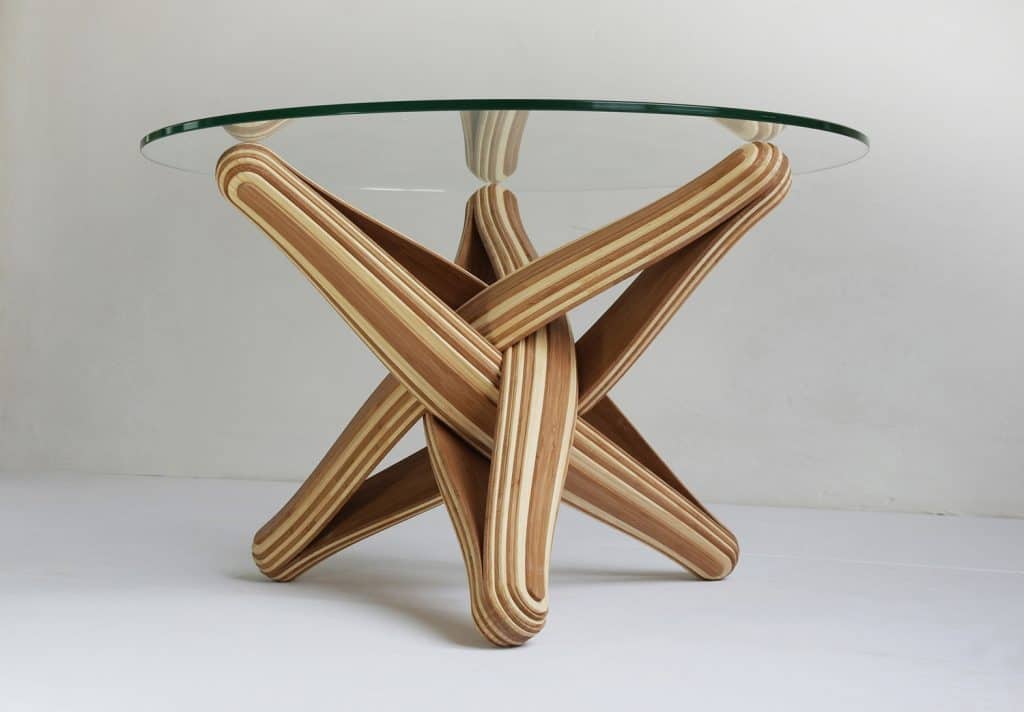
In her article about antique furniture and the environment, Kimberley Wray explains how the malling of America (and elsewhere) backfired on industries pushing cheap, mass-manufactured items.
Now, people want to break away from the sameness of interiors and view antiques as a way to create something distinctive.
This trend, as well as greater interest in sustainable living, has more people regarding antiques as an alternative to mass-produced furniture.
Furthermore, marketing specialist Helen Rutledge says that people crave unique spaces, both at home and where they eat and shop.
By blending old and new elements, people form their individual spaces.
Rutledge continues,
“With the ‘malling’ of America, every place has the same stores with the same furniture, and all the houses are beginning to look very similar.
People want to do something new and fresh and eclectic that looks different from their neighbor. When you mix antiques with modern pieces, it looks very fresh and a room takes on a life of its own.
It’s luxurious and it has a soul. Our customers are interested in sustainability and quality, the romance of the story behind each piece, and I think because of that they cherish their antiques a little bit more.”
Sustainable furniture and antiques: Creating rooms with personality and history
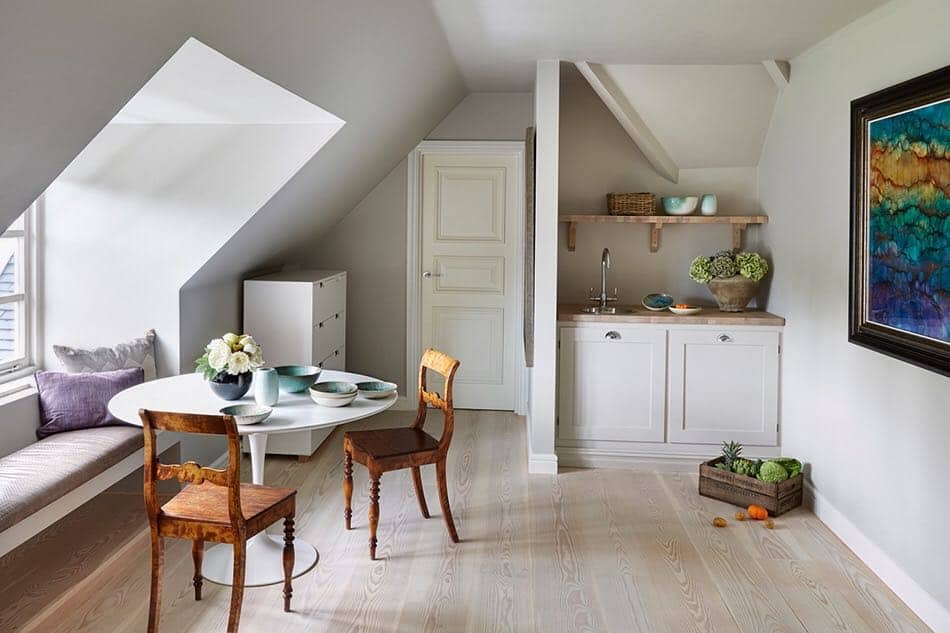
Those like Paul von der Heyde believe that newer generations see antique furniture as out of fashion.
However, others, like Donna Fenn, founder of Remade in Britain, say that large manufacturers no longer meet consumers’ desire for novelty.
They want their homes to be different, and as a result, consumers are looking to other avenues and see the personality in antique furniture.
Fenn believes that people still strongly appreciate both the past and the skills and craftsmanship that go into making antique pieces.
“The pieces have a history, they have a story to tell, and they’ve been saved from the skip.”
And so, this attitude toward antique furniture, coupled with the rise for more sustainable living, is leading more people to see antiques as the environmentally-friendly option and turning away from the “malling” of their homes.
More people than ever are looking elsewhere for goods typically found in big box stores in the world. They favor eclectic and one-of-a-kind pieces to create their own, personalized homes.
Just like in the food industry, which is seeing demand for sustainable and ethical practices, more people want the same from interiors companies.
People are aware of the need for sustainable options and see eco-friendly furniture as a means of supporting green initiatives.
Benefits of Buying Antique Furniture
There are many benefits to buying antique furniture. Some of them relate to environmental topics, or the expression of individual style, but there are also other reasons.
Lower carbon footprint

Estimates put international shipping at 3-4% of carbon emissions caused by humans.
The European Parliament states that in 30 years, by 2050, it can rise to 17%.
Additionally, the carbon footprint for a mass-produced chest of drawers is 16 times more than an antique counterpart.
Antiques still function just as well as new items but have more character.
Safer materials
Antique furniture isn’t just safer for the environment; it’s also safer for those who buy it since the risk of flashover is lower.
“Flashover” describes the almost moment when fire catches in a room and begins burning everything around it.
Because of the number of home goods made from extremely flammable chemicals and materials, modern house fires take between two and three minutes to reach this point.
Although fires were devastating hundreds of years ago, they didn’t get out of control as quickly as they do now.
That’s because most urnishingsf and items made out of wood, which burns slower than synthetic materials.
Not only that, but the companies that produce the chemicals and synthetics used in contemporary items emit tons of pollution in the process.
Reduced deforestation

The world’s forests are being destroyed at a rate of 7.3 million hectares annually.
Ikea, for all its efforts, uses 1% of the world’s timber alone.
Even with eco-friendly processes, that’s a staggering amount of ethically sourced wood.
The benefit of antique furniture is that it comes from natural resources from hundreds of years ago, yet remains just as practical.
Antique furniture is an investment
In the throwaway culture, nothing has real value, which makes it easy to trash.
The new generation of furniture consumers is responding to that attitude by purchasing antiques and sustainable furniture.
These items, which are an investment, show there is still interest among consumers to own things o value.
Antiques don’t just hold their value; they become more precious over time.
So when the time comes to sell, owners can potentially make a profit.
That’s a much better alternative than leaving the furniture at the curb, where it will end up at a landfill.
Antiques last longer
No one expects furniture to last forever.
But when the average sofa lasts between 7 to 8 years, the cost of frequent replacement adds up.
The cabinetmakers who made antique furniture centuries ago made enduring pieces that were made to last and passed down from generation to generation.
Although maintaining the quality of antiques does require some work at times, the long-lasting materials have more longevity than particleboard and current materials.
The longevity of older pieces also factors into the financial return you can get on antiques.
Antiques are always popular
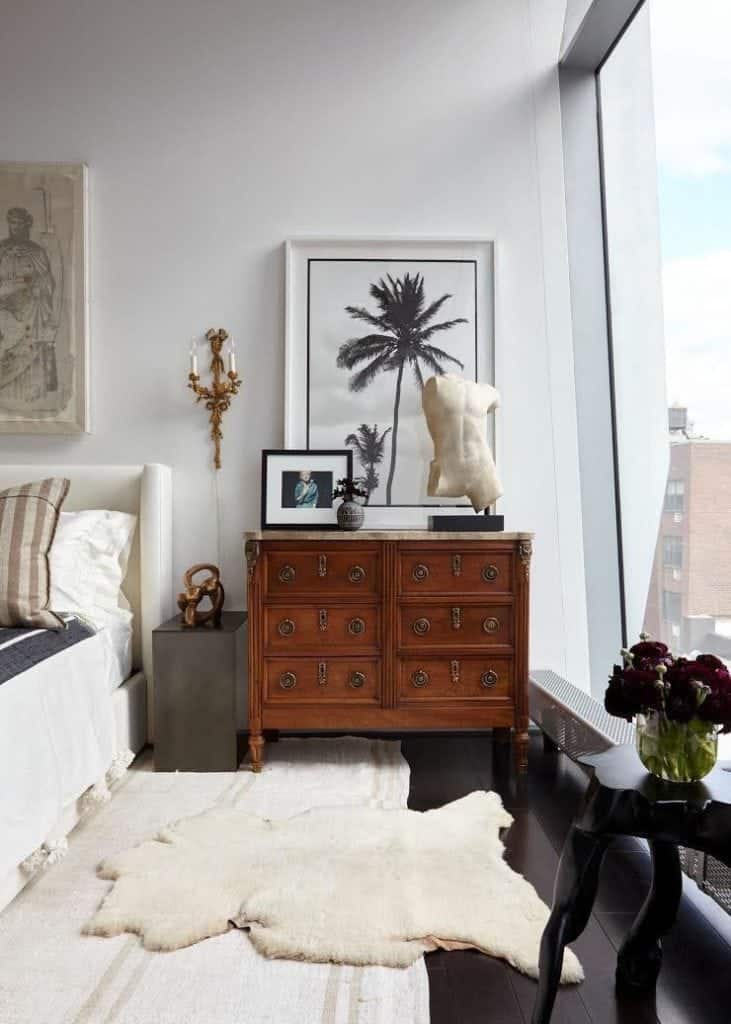
Consumers still want antique furniture, no matter what the critics say.
Someone, somewhere, wants to buy an antique side table for their dining room.
The internet has made it easier than ever to connect with those people and practice in eco-friendly consumption.
Additionally, modern furniture is more likely to fall out of style and stay out of fashion. Most don’t hold onto new furniture long enough to see a return.
In addition to supporting the sustainable furniture market, you’re investing in something unique that not everyone owns or has seen.
Unlike mass-produced items, antiques are some of the highest quality furnishings on the market.
Antiques are refined, distinguished, and one-of-a-kind–all while being built to last. They offer a polished touch to your home that can’t be matched by contemporary furniture.
The rarity of antiques makes finding the perfect one feel like a real-life treasure hunt.
Styylish Antique Furniture
Visit the Shop and find beautiful, handcrafted pieces that will last for years to come.
We update the Blog each week, so check in regularly for more information.
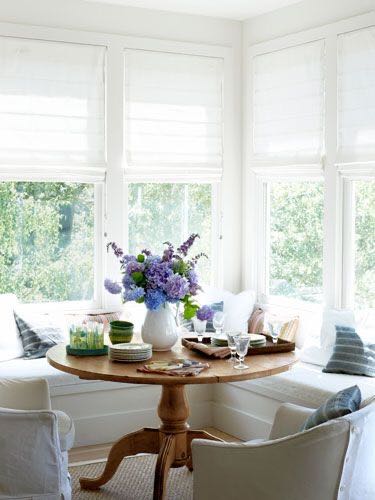
Sources:
- “Eco Friendly Antique Furniture – Four Ways Antique Furniture Is Eco-Friendly.” Wallrocks, 2 Oct. 2019, www.wallrocks.com.au/blog/four-ways-antique-furniture-eco-friendly/.
- Grahame, Alice. “Can the Ikea Generation Buy into Vintage Furniture?” The Guardian, Guardian News and Media, 17 June 2015, www.theguardian.com/sustainable-business/2015/jun/17/ikea-generation-buy-antique-vintage-furniture.
- Klerk, Amy de. “Antique Furniture Is Becoming Increasingly Popular with Millennials.” Harper’s BAZAAR, Harper’s BAZAAR, 20 June 2019, www.harpersbazaar.com/uk/culture/lifestyle_homes/a25949359/antiques-popular-millennials/.
- Lansberry, Clifford. “The Environmental Benefits of Buying Antiques vs Modern Furniture.” Gorringes, www.gorringes.co.uk/news/environmental-benefits-buying-antiques-vs-modern-furniture.
- Wray, Kimberley. “Minimizing Environmental Impact With Eclectic Antique Furniture.” Furniture Lighting & Decor, 3 Jan. 2020, www.furniturelightingdecor.com/minimizing-environmental-impact-eclectic-antique-furniture?fbclid=IwAR23_mkOopOUDjH_BXnSojKT90FOLwL2YVaMrTbS8umgMRZ0RuvgGrw3D0Q.

